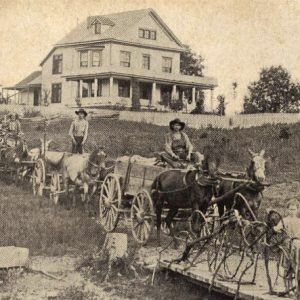 Grannis Fruit
Grannis Fruit
Entry Category: Counties, Cities, and Towns
 Grannis Fruit
Grannis Fruit
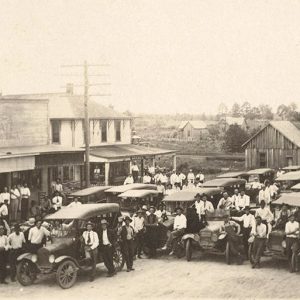 Grannis Street Scene
Grannis Street Scene
Grant County
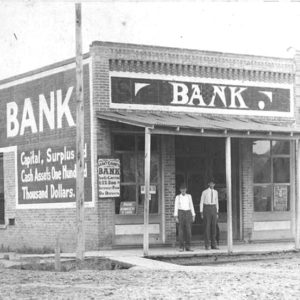 Grant County Bank
Grant County Bank
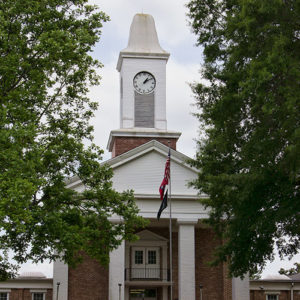 Grant County Courthouse
Grant County Courthouse
 Grant County Museum
Grant County Museum
 Grape Chapel
Grape Chapel
 Grapette Display
Grapette Display
 Grapette Mural
Grapette Mural
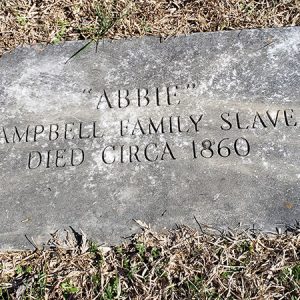 Grave of Family Slave
Grave of Family Slave
Gravel Hill (Saline County)
aka: Ralph Bunche Community (Saline County)
aka: Southside (Saline County)
aka: Jack Rhinehart Community (Saline County)
aka: Hardscramble (Saline County)
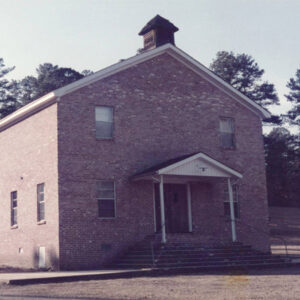 Gravel Hill Church
Gravel Hill Church
Gravel Ridge (Pulaski County)
Gravette (Benton County)
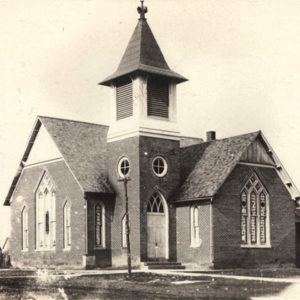 Gravette Church
Gravette Church
Gray (Independence County)
Graysonia (Clark County)
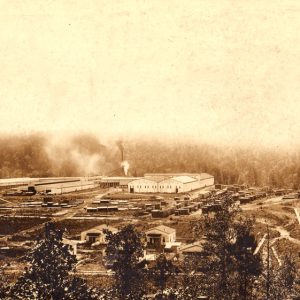 Graysonia Timber Mill
Graysonia Timber Mill
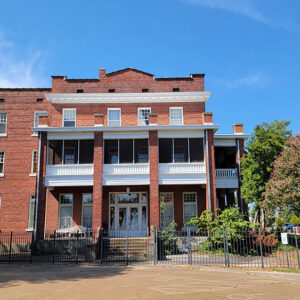 Great Southern Hotel
Great Southern Hotel
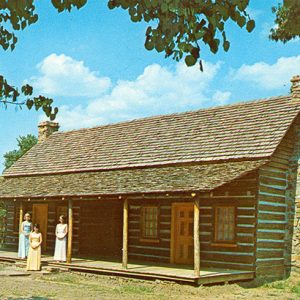 Greathouse Home
Greathouse Home
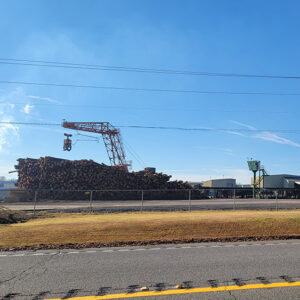 Green Bay Packaging Company
Green Bay Packaging Company
Green Forest (Carroll County)
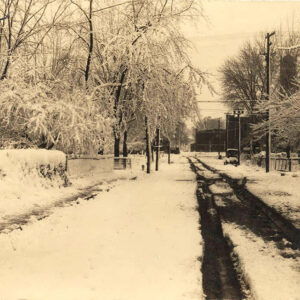 Green Forest Street
Green Forest Street
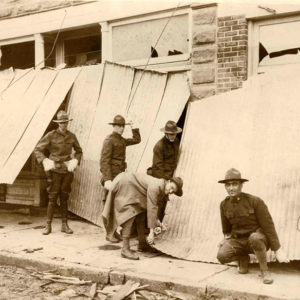 Green Forest Tornado
Green Forest Tornado
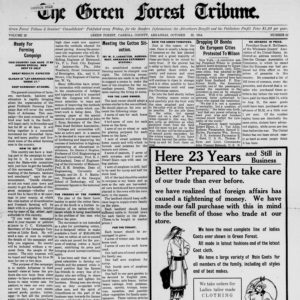 Green Forest Tribune
Green Forest Tribune
Green Ridge (Scott County)
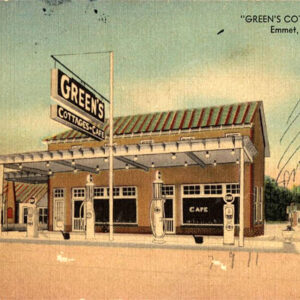 Green's Cottages and Cafe
Green's Cottages and Cafe
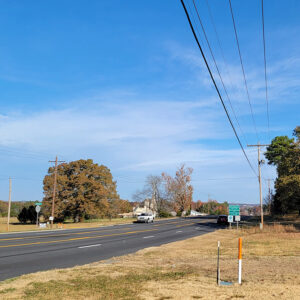 Entering Greenbrier
Entering Greenbrier
Greenbrier (Faulkner County)
 Greenbrier Fire Department
Greenbrier Fire Department
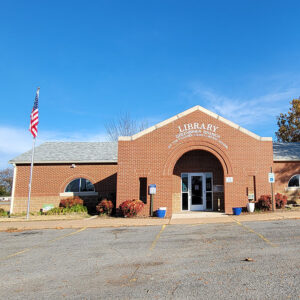 Greenbrier Library
Greenbrier Library
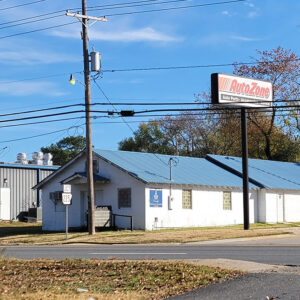 Greenbrier Masons
Greenbrier Masons
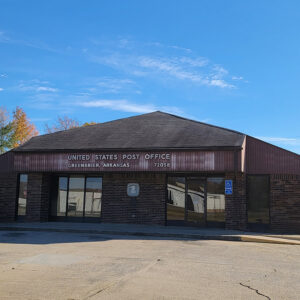 Greenbrier Post Office
Greenbrier Post Office
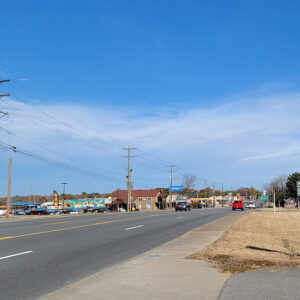 Greenbrier Street Scene
Greenbrier Street Scene
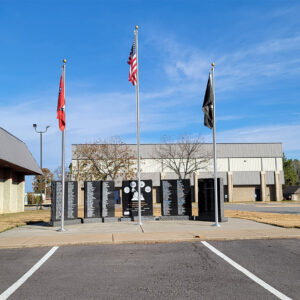 Greenbrier Veterans Memorial
Greenbrier Veterans Memorial
Greene County
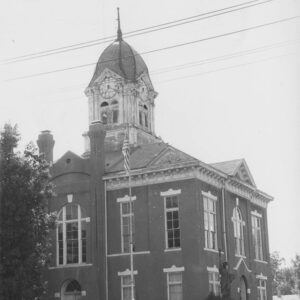 Greene County Courthouse (1888)
Greene County Courthouse (1888)
Greenland (Washington County)
Greenock (Crittenden County)
 Greenock Land for Sale
Greenock Land for Sale
Greensboro (Craighead County)
Greenville (Clark County)
 Greenville Bridge
Greenville Bridge
Greenway (Clay County)
Greenwood (Sebastian County)
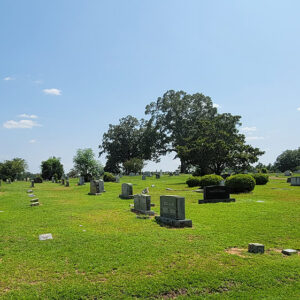 Greenwood Cemetery
Greenwood Cemetery
 Greenwood Depot
Greenwood Depot
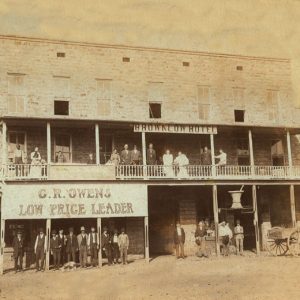 Greenwood Hotel and Store
Greenwood Hotel and Store
 Greenwood Monument
Greenwood Monument




